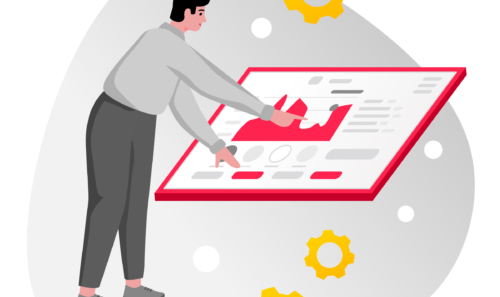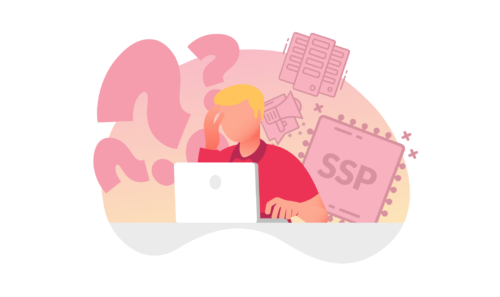Does Prebid Flooring Boost Programmatic Monetization?
In today’s digital advertising world, publishers face many challenges when it comes to monetizing their content. Recently, more buyers started using information from Prebid Flooring – a way of sending a minimum floor price via prebid to programmatic advertisers.
As it’s not a new solution, we have tested it twice in the past, and the results did not indicate implementing this functionality. But assuming the latest interest, we’ve decided to test it again. This time by using the A/B testing module in our Prebid Stack, which allows us to observe even minimal effects of changes that would be “covered” by differences in tests based on comparing two periods.
Read the article to check the results and find out if you need Prebid Flooring for programmatic monetization.
Implementing Prebid Flooring – Main Challenges
Implementing Prebid Flooring is quite a challenge, especially if the publisher has a complex setup and an extensive pricing strategy based on Unified Pricing Rules. First of all, synchronizing prebid Flooring and UPR take time. Additionally, it requires considering that prices will change from period to period, often several times a week. That may cause additional work for publishers without automation of this task. Therefore, it is worth testing this solution to weigh the cost of implementation and the potential benefits.
Does Prebid Flooring help publishers? – Yieldbird’s Research
Yieldbird’s research team conducted A/B tests to determine if the Prebid Flooring is worth implementing.
The test used six display/mobile web ad units with different parameters and proportions of monetization methods. Ad units 1-3 were the dominant programmatic Open Market auction, and ad units 3-6 had a high direct sales share (only 30% programmatic open auction).
Read also: Direct Sales vs. Open Market: How and Why These Two Sales Strategies Should Be Aligned
The research was conducted in our header bidding tool Prebid Stack, where we can run A/B tests. Our experiment included ten samples, so we divided them into two sets of five-floor prices. The first set used Prebid Flooring and sent fools to SSPs, and the second one didn’t use PF. At the same time, all samples had Unified Price Rules set up with corresponding prices. Performance data from Google Ad Manager and bid data from Prebid Stack’s reporting module were used for the analysis.
Read also: How To Strike a Balance Between Open Market Optimization and Protecting Direct Sales?
How Prebid Flooring influence programmatic monetization – Research Results
We have analyzed several indicators, e.g., total eCPM, rCPM, Header Bidding eCPM, Header Bidding share, Adx eCPM, Adx Share, and Winrates, from which I will further discuss selected ones, most important from the publishers’ point of view to evaluate if it has a real impact on programmatic monetization.
We’ve noticed prebid Flooring launched to work together with UPR does not have a significant impact on the improvement in monetization illustrated by rCPM (look at the diagrams below). We don’t ignore the fact that in most cases, the rCPM of samples with Prebid Flooring was higher by a small amount, such as about a +0.4% boost. The highest record ad unit reaches a +2% increase. It should be noted there was also noticed a negative case (-1.2%). In general, these are too small differences to state the value of PF unequivocally.

While analyzing total eCPM results, we noticed its course is similar to rCPM. Moreover, the revenue share of buyers in Header Bidding and their average eCPM also does not indicate whether Prebid Flooring affects them in a specific way.
But on the other hand, there are some interesting insights from Bids analysis. Starting from winrates on ad units 1-3, we defined a clear trend – a boost in winrates with an increase in Flooring. As you can see in the diagrams below, there is a filtering of bids lower than the floor.

In the case of ad units 4-6, we cannot see it as clearly as in the first three ones. However, there is an interesting trend in the course of bids, where on a floor below $1, there are more bids on the Prebid Flooring movement and above $1 – less. This suggests buyers use the bid data to buy more in price ranges that suit them.

Is Prebid Flooring increase programmatic monetization?
Based on our research, we may say:
- Prebid Flooring application doesn’t have a significant impact on rCPM and overall programmatic monetization;
- However, it does change the bidding characteristics of SSPs, as seen in the number of bids and win rates;
- Supply Side Platforms begin to select traffic more deliberately by eliminating bids that would have no chance of winning or sometimes increasing the number of bids in regions of favorable floor prices.
As you see, the decision is not that simple, and it depends on every single example. If you want to find out if this would work for you, schedule a call with our experts and check the possibilities of Prebid Stack and the rest of our programmatic solutions.
LET’S GET IN TOUCH!

Piotr Niedziela
Optimization Expert
publishers@yieldbird.com






